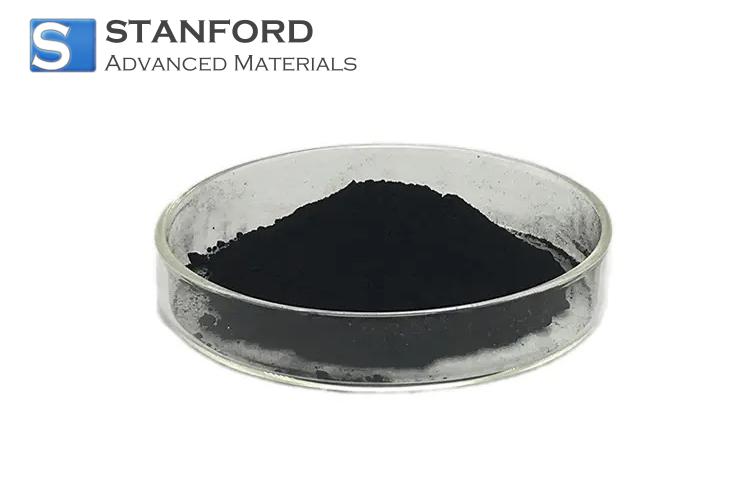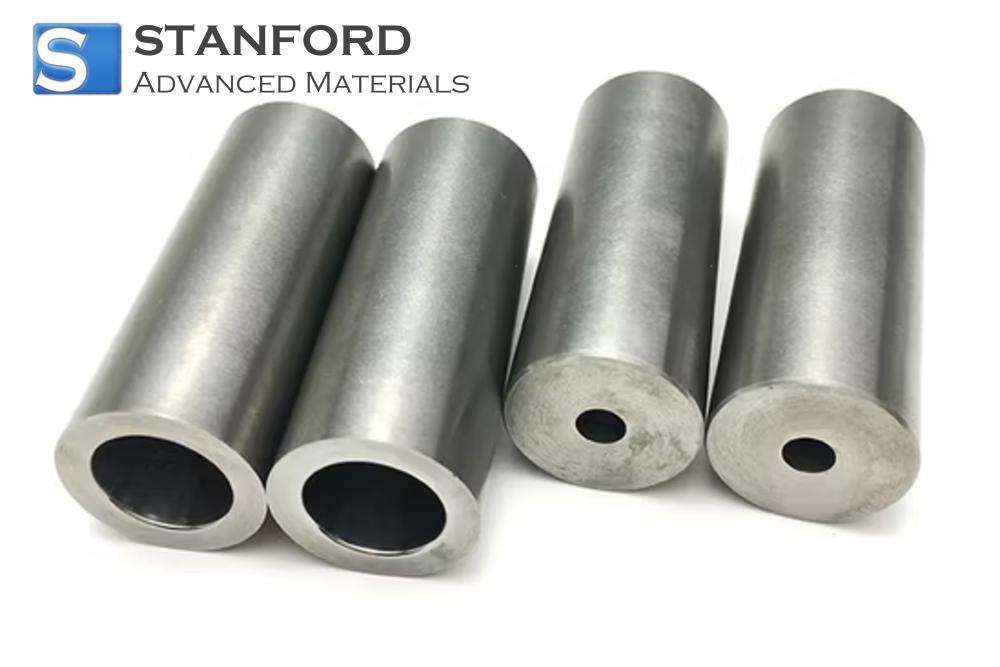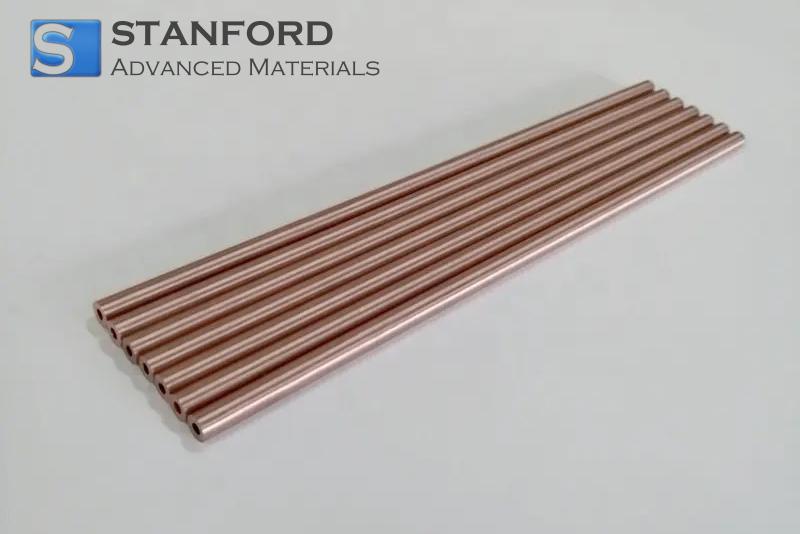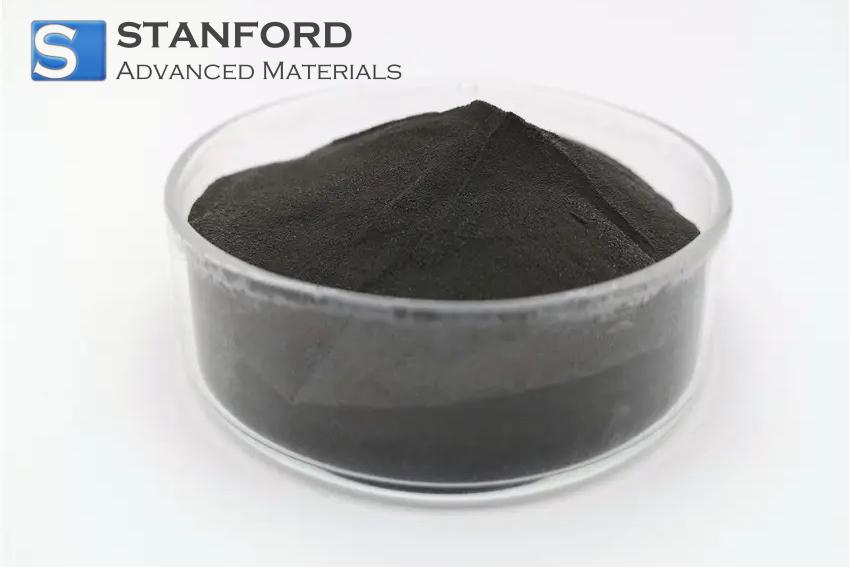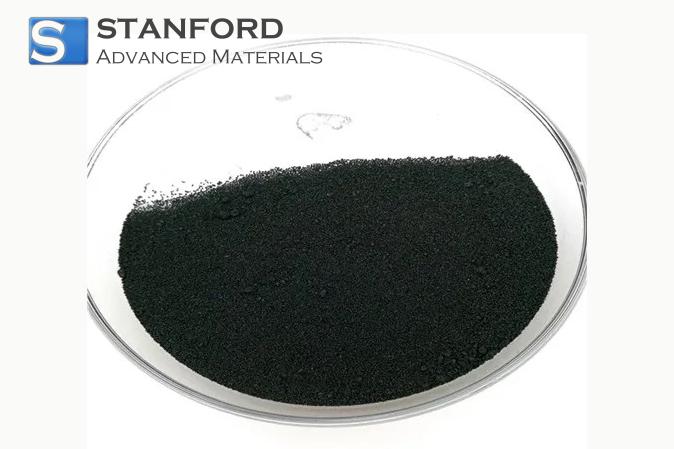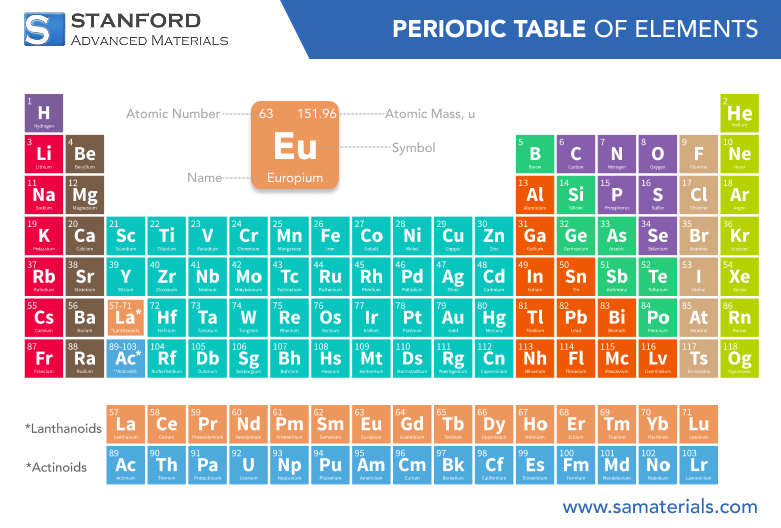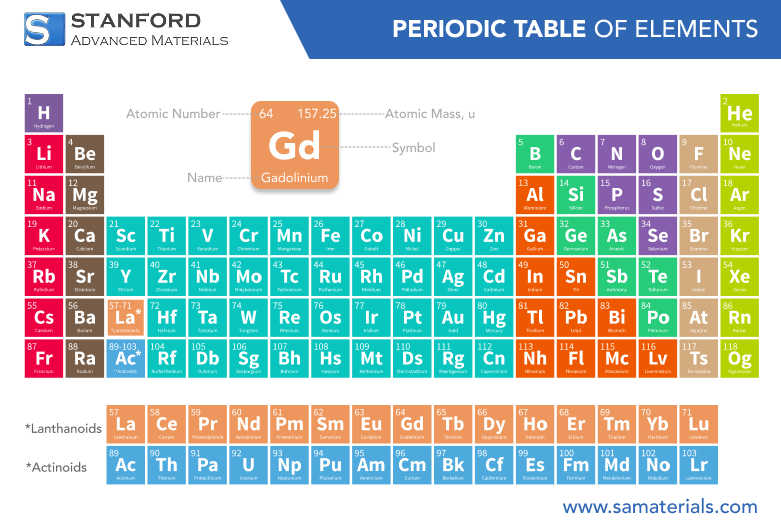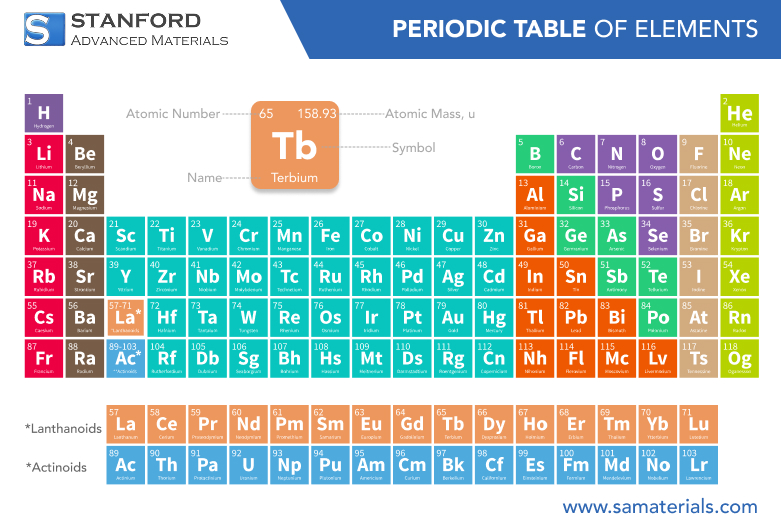Promethium: Element Properties and Uses
Description
Promethium is a rare radioactive lanthanide element with distinct chemical and physical properties, widely used in nuclear batteries and luminous devices.
Introduction to the Element
Promethium, atomic number 61, is one of the least abundant elements in the lanthanide series. As an element without any stable isotopes, it is naturally scarce and is primarily produced in controlled nuclear reactors.
Chemical Properties Description
Promethium exhibits distinct chemical properties that are characteristic of radioactive lanthanides. In most of its compounds, promethium exists in a +3 oxidation state, similar to its neighboring lanthanides. Its reactivity is moderate, and it tends to form compounds such as oxides and halides, which are often investigated for their luminescent properties.
The element’s radioactive decay, primarily by beta emission, influences its chemical behavior and stability. Promethium’s ionic bonding tendencies are well-documented in academic literature, and its reactions under various conditions are used as benchmarks for understanding other radioactive materials. Researchers have also studied how promethium compounds interact with other elements to harness its energy release in controlled environments.
Physical Properties Data Table
Property | Value |
Atomic Number | 61 |
Atomic Weight | ~145 |
Melting Point | ~1040 °C |
Boiling Point | ~3000 °C |
Density | ~7.3 g/cm³ |
State at Room Temp | Solid |
For more information, please check Stanford Advanced Materials (SAM).
Common Uses
Despite its limited availability, promethium has found several niche applications. Common uses of promethium include its integration into luminous devices and nuclear batteries. The steady release of energy from its radioactive decay makes it an excellent candidate for power sources in devices that require a long-lasting, low-level energy output.
In addition, promethium is utilized in applications where its light-emitting properties are beneficial. Instruments and panels that need to remain visible in low-light conditions have sometimes incorporated promethium-containing materials.
Preparation Methods
Due to the absence of stable isotopes in naturally occurring promethium, its preparation methods rely on artificial synthesis. Nuclear reactors serve as the primary means for producing promethium, typically through neutron capture reactions involving other elements such as neodymium. These preparation methods require highly controlled environments to ensure both the efficiency of production and the safety of handling radioactive materials.
Frequently Asked Questions
What is promethium?
Promethium is a rare, radioactive lanthanide element with no stable isotopes,
primarily synthesized in nuclear reactors.
How is promethium produced?
It is produced artificially through neutron capture reactions in nuclear
reactors, often involving elements such as neodymium.
What are the common uses of promethium?
Common uses include nuclear batteries and luminous devices that take advantage
of its steady radioactive decay and light-emitting properties.
What are the key chemical properties of promethium?
It typically exhibits a +3 oxidation state, forms compounds like oxides and
halides, and is known for its moderate reactivity and radioactive decay.
Are there any industrial products that utilize promethium?
Yes, related industrial products include nuclear batteries and specialized
luminous devices, both of which benefit from promethium’s unique properties.

